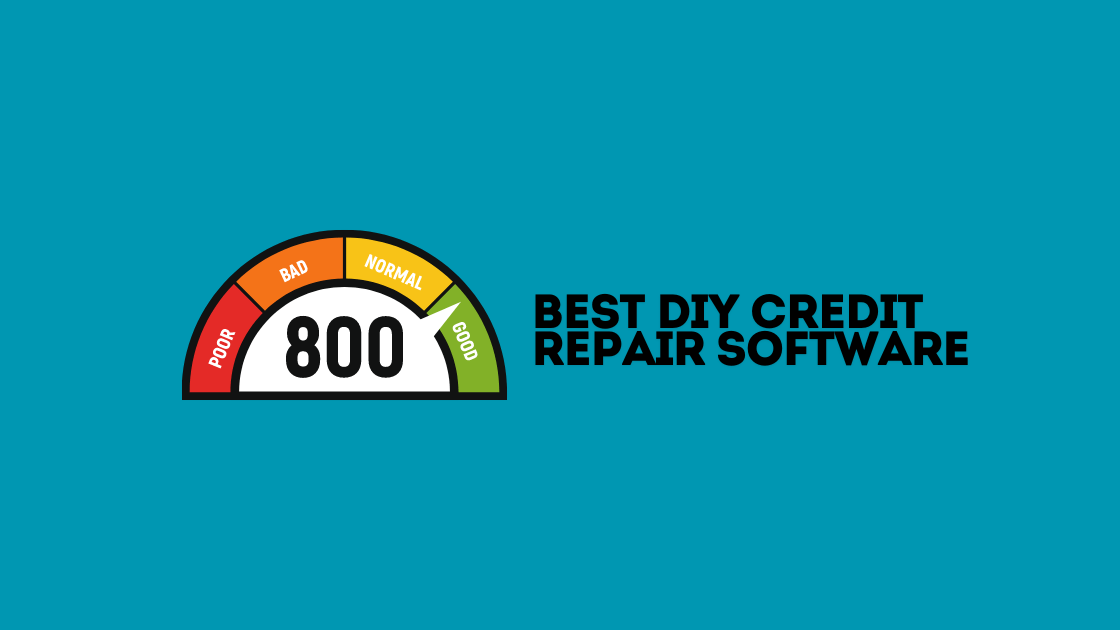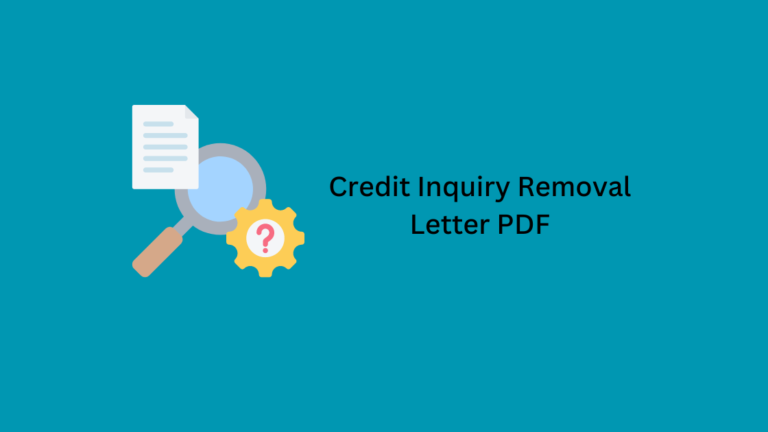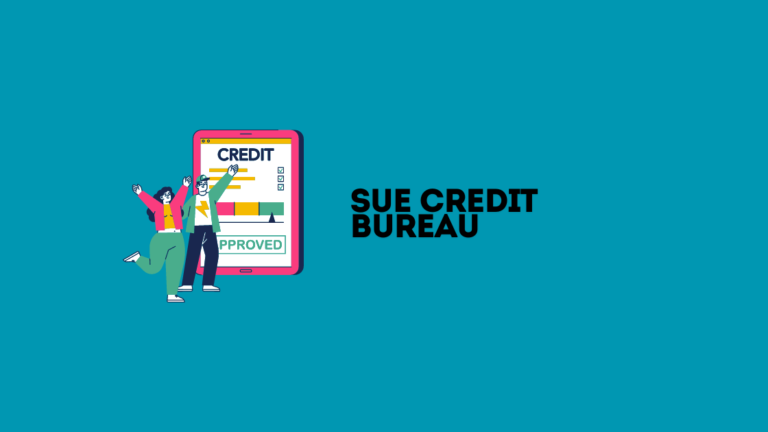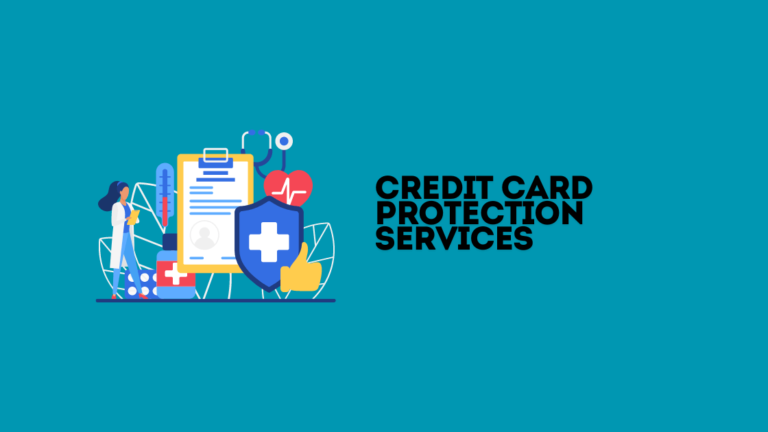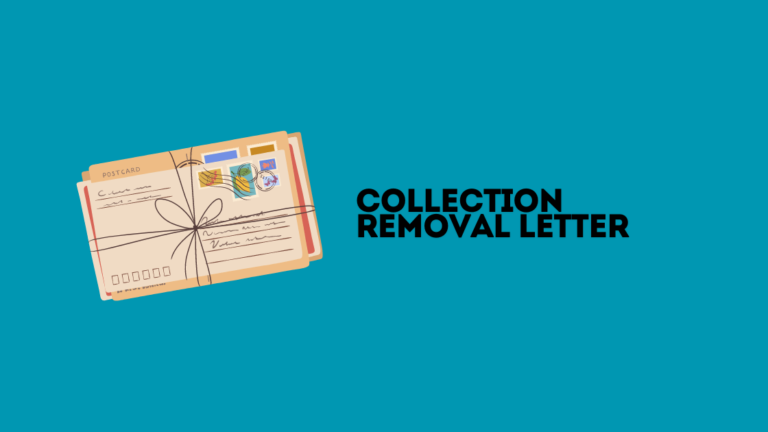Best DIY Credit Repair Software: Boost Your Score Fast!
The best DIY credit repair software is the Credit Repair Cloud. This tool offers comprehensive features for effective credit management.
Credit repair software helps individuals improve their credit scores by providing tools to dispute errors, track progress, and manage debts. Credit Repair Cloud is popular for its user-friendly interface and extensive resources. ScoreSense offers real-time credit monitoring and alerts, making it easier to stay on top of changes.
Credit-Aid provides a robust set of features, including templates for dispute letters. These software options empower users to take control of their credit repair process efficiently. Users can benefit from guided steps, educational materials, and personalized strategies to improve their credit scores and overall financial health.
The Rise Of Diy Credit Repair
More people are turning to DIY credit repair software. They want control over their finances. This shift offers many benefits. DIY tools help individuals improve their credit scores.
Understanding credit and fixing it yourself is empowering. People now see the value of managing their credit. This trend is growing fast.
Economic Benefits Of Self-managed Credit Repair
Managing your credit saves money. Hiring a credit repair company can be costly. DIY credit repair software is usually affordable. This helps you save on fees.
Here are some economic benefits:
Lower costs compared to credit repair services
Improved credit scores lead to better loan rates
Increased financial independence
Better credit scores reduce loan interest rates. This means more savings. Financial independence grows as you manage your credit. DIY credit repair is a smart financial move.
The Shift Towards Personal Financial Management
People want more control over their finances. DIY credit repair is a part of this trend. Personal financial management is becoming crucial.
Reasons for the shift include:
Access to online tools and resources
The desire for financial literacy
Need for personalized financial plans
Online tools make it easy to manage credit. People want to learn about their finances. Personalized plans suit individual needs better.
With the best DIY credit repair software, managing credit is simpler. This shift allows people to take charge of their financial future.

Credit: www.youtube.com
Understanding Your Credit Score
Your credit score is crucial for financial health. It affects loan approvals, interest rates, and even job opportunities. Understanding it helps you take control of your financial future.
Components Of A Credit Score
A credit score has several components. Each one plays a role in determining your score:
Payment History: This accounts for 35% of your score. Late payments and defaults lower your score.
Credit Utilization: This is 30% of your score. It measures how much of your available credit you use.
Length of Credit History: This makes up 15% of your score. Longer credit histories are better.
Types of Credit: This represents 10% of your score. A mix of credit types improves your score.
New Credit: This is the final 10%. Opening many new accounts quickly can lower your score.
Common Credit Report Errors And Their Impact
Credit report errors are common. They can lower your credit score significantly. Here are some common errors:
Error Type | Impact |
|---|---|
Incorrect Personal Information | Can mix up your credit history with someone else’s. |
Duplicate Accounts | Shows the same debt more than once, lowering your score. |
Wrong Account Status | Shows closed accounts as open or vice versa. |
Outdated Information | Old debts that should be removed can still show up. |
Fixing these errors can boost your credit score. Always check your credit report for inaccuracies. Correcting errors is a step towards financial freedom.
Selecting The Right Credit Repair Software
Selecting the right credit repair software can be overwhelming. The market offers many options. Each one promises to help you fix your credit score. But how do you choose the best one? This section will guide you through the process.
Features To Look For In Credit Repair Software
User-Friendly Interface: Look for software that is easy to navigate.
Automated Dispute Letters: This feature saves time by auto-generating letters.
Credit Monitoring: Regular updates on your credit score are crucial.
Educational Resources: Choose software that offers learning materials.
Customer Support: Reliable customer service can be a lifesaver.
Comparing Top Software Options
Software | Main Features | Price |
|---|---|---|
Automated letters, credit monitoring, cloud storage | Starting at $179/month | |
Credit-Aid | User-friendly, educational resources, customer support | One-time fee of $49.95 |
DisputeBee | Automated dispute letters, credit monitoring | Starting at $39/month |
Choosing the right credit repair software means comparing features and prices. This ensures you get the best value.

Credit: www.postgrid.com
Getting Started With Your Chosen Software
Choosing the right DIY credit repair software is just the beginning. Now, let’s dive into how to get started with it effectively. This section will guide you through setting up your account and importing your credit report information.
Setting Up Your Account
First, open your chosen software and click on the ‘Create Account’ button. Fill in your personal details, such as name, email address, and phone number. Make sure your information is accurate to avoid issues later.
Next, set a strong password. Use a mix of uppercase, lowercase, numbers, and special characters. This ensures your account stays secure. You may also need to verify your email address. Check your email for a verification link and click on it.
Once your email is verified, log in to your new account. You might see a dashboard with various options. Take a few minutes to familiarize yourself with the interface. This will help you navigate more easily later.
Importing Credit Report Information
After setting up your account, the next step is importing your credit report information. Most software allows you to do this automatically. Look for an ‘Import’ or ‘Upload’ button on the dashboard.
You’ll need a copy of your credit report from all three bureaus: Equifax, Experian, and TransUnion. If you don’t have these reports, you can get them for free once a year from AnnualCreditReport.com.
Once you have your reports, upload them into the software. Some platforms may require you to enter your login credentials for the credit bureaus. This allows the software to fetch your reports directly.
After uploading, the software will analyze your reports. It will highlight negative items, such as late payments or collections. Review these items carefully. The software may offer suggestions for disputing errors or negotiating with creditors.
By following these steps, you can set up your account and import your credit report information. This will set you on the path to repairing your credit effectively.
Navigating The Credit Dispute Process
Navigating the credit dispute process can be tricky. Using DIY credit repair software simplifies the steps. This guide will help you with filing disputes and tracking progress.
How To File A Dispute Using Software
Filing a dispute with software is simple and user-friendly. Follow these steps:
Download and install the chosen software.
Create an account and log in.
Import your credit report.
Identify errors in your report.
Use the software to draft a dispute letter.
Submit the dispute directly through the software.
Each step is automated, making it easy to correct mistakes on your credit report.
Tracking Dispute Progress And Updates
Tracking the progress of your disputes is crucial. The software provides real-time updates. Here’s how to stay informed:
Log in to your account regularly.
Check the dispute status dashboard.
Receive email or SMS notifications.
Review any changes to your credit report.
Staying updated ensures you know what’s happening with your disputes. This helps you take necessary actions promptly.

Credit: www.youtube.com
Improving Credit Utilization
Improving your credit utilization is a key step in boosting your credit score. Credit utilization is the ratio of your credit card balances to your credit limits. A lower ratio indicates responsible credit use and can significantly improve your credit score. Here’s how to use DIY credit repair software to manage and improve credit utilization effectively.
Strategies For Lowering Credit Utilization
Pay down credit card balances.
Request a credit limit increase.
Open new credit accounts.
Use balance transfer offers.
One effective strategy is to pay down your credit card balances. Keep your balances below 30% of your credit limit. Another approach is to request a credit limit increase.
This can instantly lower your credit utilization ratio. Opening new credit accounts can also help, but manage them wisely to avoid high balances. Using balance transfer offers to consolidate debt can also lower utilization on individual cards.
Using Software To Plan Payments
DIY credit repair software can help plan and schedule your payments. These tools can send reminders for due dates, ensuring timely payments. Timely payments can significantly lower your credit utilization ratio.
Feature | Benefit |
|---|---|
Payment Reminders | Never miss a due date |
Balance Monitoring | Track and manage credit usage |
Credit Limit Alerts | Stay informed about available credit |
Using these features, you can keep your credit utilization ratio low. Consistent monitoring and timely payments are crucial. The software can alert you when your balance is high. This helps in taking immediate action to reduce it.
Incorporating these strategies and using DIY credit repair software can lead to a better credit score. Lowering your credit utilization is a significant step in this process.
Monitoring Progress And Adjusting Strategies
Keeping track of your credit repair progress is crucial. The right DIY credit repair software provides the tools you need. Regularly monitoring and adjusting your strategies ensures steady improvement. Let’s dive into how to make the most of these features.
Interpreting Software Reports And Analytics
Understanding the software reports is essential. These reports provide a clear snapshot of your credit status. They highlight areas that need attention. Here’s what to look for:
Credit Score Changes: Track any increases or decreases.
Dispute Status: Monitor the progress of disputes filed.
Debt Levels: Check the amounts owed and payment histories.
Credit Utilization: Ensure your credit usage is below 30%.
Use these insights to adjust your strategies. Focus on areas with the most impact on your score.
When To Revise Your Credit Repair Plan
Revising your plan is necessary for continuous improvement. Here are key moments to consider:
Significant Score Drop: A sudden drop needs immediate attention.
Resolved Disputes: Update your plan once disputes are resolved.
New Debt: Adjust your plan if new debt is added.
Regular Intervals: Review and revise every three months.
Regular updates ensure your plan stays effective. Stay proactive to achieve your credit goals.
Advanced Features And Tools
Exploring the best DIY credit repair software? It’s essential to consider advanced features and tools. These functionalities can streamline your credit repair efforts, making the process efficient and effective.
Automation In Credit Repair
Automation can save you a significant amount of time. Many credit repair software options offer automated dispute generation. This feature automatically creates dispute letters for inaccuracies on your credit report.
Automated dispute tracking
Pre-built templates
Automatic follow-ups
With automated tools, you can focus on other financial tasks while the software handles disputes.
Integration With Financial Planning
Effective credit repair software should integrate seamlessly with financial planning tools. This integration helps you manage your finances better.
Feature | Benefit |
|---|---|
Budgeting tools | Track and manage your spending |
Debt payoff calculators | Create efficient debt payoff plans |
Credit score monitoring | Stay updated with real-time credit score changes |
Such integrations ensure you maintain a holistic view of your finances.
Choosing software with these advanced features can significantly enhance your credit repair efforts. Look for options that offer both automation and financial planning integration.
Maintaining Good Credit Post-repair
Maintaining good credit post-repair is essential for lasting financial health. After using the best DIY credit repair software, it’s crucial to adopt practices that sustain your improved credit score. This section outlines healthy financial habits and the role of ongoing credit monitoring using software.
Healthy Financial Habits
Adopting healthy financial habits ensures your credit stays strong. Follow these simple steps:
Always pay your bills on time.
Keep your credit card balances low.
Limit new credit inquiries.
Regularly check your credit report.
Making these habits a routine will help you maintain good credit. A consistent approach to financial management is key.
Using Software For Ongoing Credit Monitoring
Credit monitoring software plays a vital role in maintaining good credit. Use these features:
Feature | Benefit |
|---|---|
Real-time alerts | Stay informed about changes to your credit report. |
Credit score tracking | Monitor your score and identify trends. |
Identity theft protection | Prevent unauthorized access to your credit. |
Regularly using credit monitoring software helps you catch issues early. This proactive approach will protect your credit health.
Legal Considerations And Compliance
Using the best DIY credit repair software can significantly help manage your credit. But, understanding the legal side is crucial. Ensuring your actions comply with credit repair laws will keep you safe from legal troubles. This section covers key aspects of legal considerations and compliance.
Understanding Credit Repair Laws
Credit repair laws are designed to protect consumers. The Credit Repair Organizations Act (CROA) is the main law. It regulates how credit repair services operate. Under CROA, you must be aware of these key points:
Credit repair organizations cannot make false claims.
They must provide a written contract.
Clients have three days to cancel the contract.
The Fair Credit Reporting Act (FCRA) also plays a role. It ensures the accuracy of your credit report. You can dispute errors directly with credit bureaus. Knowing these laws helps you use DIY credit repair software responsibly.
Ensuring Your Actions Are Compliant
Compliance is essential when repairing your credit. Here are some tips to ensure your actions are within the law:
Read the Software’s Guidelines: Follow the instructions provided by your DIY credit repair software.
Document Everything: Keep records of all your communications and actions.
Use Accurate Information: Never provide false or misleading information.
Avoiding scams is also crucial. Look for software that complies with CROA and FCRA. Check for user reviews and testimonials. Ensure the software offers transparent pricing and clear terms.
By staying informed and compliant, you can effectively manage your credit repair journey. The right DIY credit repair software, combined with legal knowledge, can lead to success.
Frequently Asked Questions
1. Can Ai Fix My Credit Score?
AI can’t directly fix your credit score. It can analyze your credit report and suggest ways to improve it. Always consult financial experts for personalized advice.
2. Can I Fix My Credit On My Own?
Yes, you can fix your credit on your own. Review your credit reports, dispute errors, and pay off debts. Maintain timely payments and reduce credit card balances. Use credit responsibly to rebuild your score.
3. How Much Does Credit Repair Software Cost?
Credit repair software typically costs between $20 and $400 per month. Prices vary based on features and providers.
4. What Is The Best And Fastest Credit Repair?
The best and fastest credit repair involves disputing errors on your credit report. Pay off debts promptly, keep credit utilization low, and avoid new credit inquiries. Consider professional credit repair services for expert assistance. Regularly monitor your credit report to track improvements.
5. What Is Diy Credit Repair Software?
DIY credit repair software helps individuals fix their credit scores by disputing errors on their credit reports.
Conclusion
Choosing the best DIY credit repair software can transform your financial future. These tools offer user-friendly features and effective results. Empower yourself by taking control of your credit score today. Explore the options and find the perfect fit for your needs. By utilizing DIY credit repair software, you can educate yourself on the best strategies to improve your credit score and implement them on your own schedule. With easy-to-use interfaces and detailed guides, these tools make the process of repairing your credit accessible and manageable. Take the first step towards financial freedom and start using DIY credit repair software today to improve your credit score. There are many top credit repair companies that offer DIY software options, so it’s important to do your research and find the one that best fits your needs. Look for companies with a proven track record of success and positive customer reviews. By choosing the right DIY credit repair software from a top credit repair company, you can take the first steps towards achieving financial stability and freedom.
Start repairing your credit with confidence and watch your score improve.

